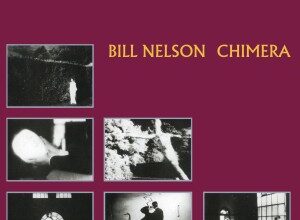
Parliament-Funkadelic. Underground Resistance. Wu-Tang. When you’re thinking about the great musical collectives of the past 50 years, your mind may not jump to the Japanese outfit Geinoh Yamashirogumi.
Formed in 1974 by environmental scientist turned composer Dr Tsutomu Ōhashi, Geinoh Yamashirogumi were inspired by Japan’s post-war art collectives, whose philosophy centred around merging modern and traditional techniques. Energised by a factory-sized membership that topped out in the hundreds, GY churned out seven outrageously experimental albums in as many years. By the mid 1980s, they had turned their attention to exploring the possibilities of electronics.
There was just one problem. GY soon discovered that the tuning systems of their Indonesian gamelan instruments were too complex for MIDI synthesisers to process. In true cyberpunk esprit, the computer-savvy members taught the non-savvy how to program, meaning everybody could modify the equipment to work with the gamelan.
‘Ecophony Rinne’ is one of the most cinematic albums you’ll ever hear. The first track, ‘Primordial Germination’, is as striking as its title suggests, layered with pygmy yodelling, angelic chanting and wave-crashing synths. ‘Falling As Flowers Do’ starts with one gentle throat singer and builds until tens of voices join forces, before evaporating and leaving you with the eerie gamelan structures of ‘Dark Slumber’. As an ambient juggle of bewitching vocals and bronze percussion, it’s a moment that allows you to take a strategic breath.
The spectacular sound design of the album is a consequence of Tsutomu Ōhashi’s interest in psychoacoustics. After ‘Ecophony Rinne’, he developed a theory called the “hypersonic effect”, which supposedly measured how “ultrasounds” – sounds inaudible to humans at frequencies above 20kHz – have measurable effects on a person’s physiological and psychological state. “Our ancestors sensed sounds that could not be heard,” explained Ōhashi, and there’s a moment about halfway through the fourth and final track here, ‘Reincarnation’, that makes you feel obliged to believe him.





